Irish brown soda bread is a traditional Irish recipe that is made with whole wheat flour, baking soda, salt, and buttermilk. We added melted butter for extra richness. It is a dense bread with a slightly nutty flavor and a crunchy crust.
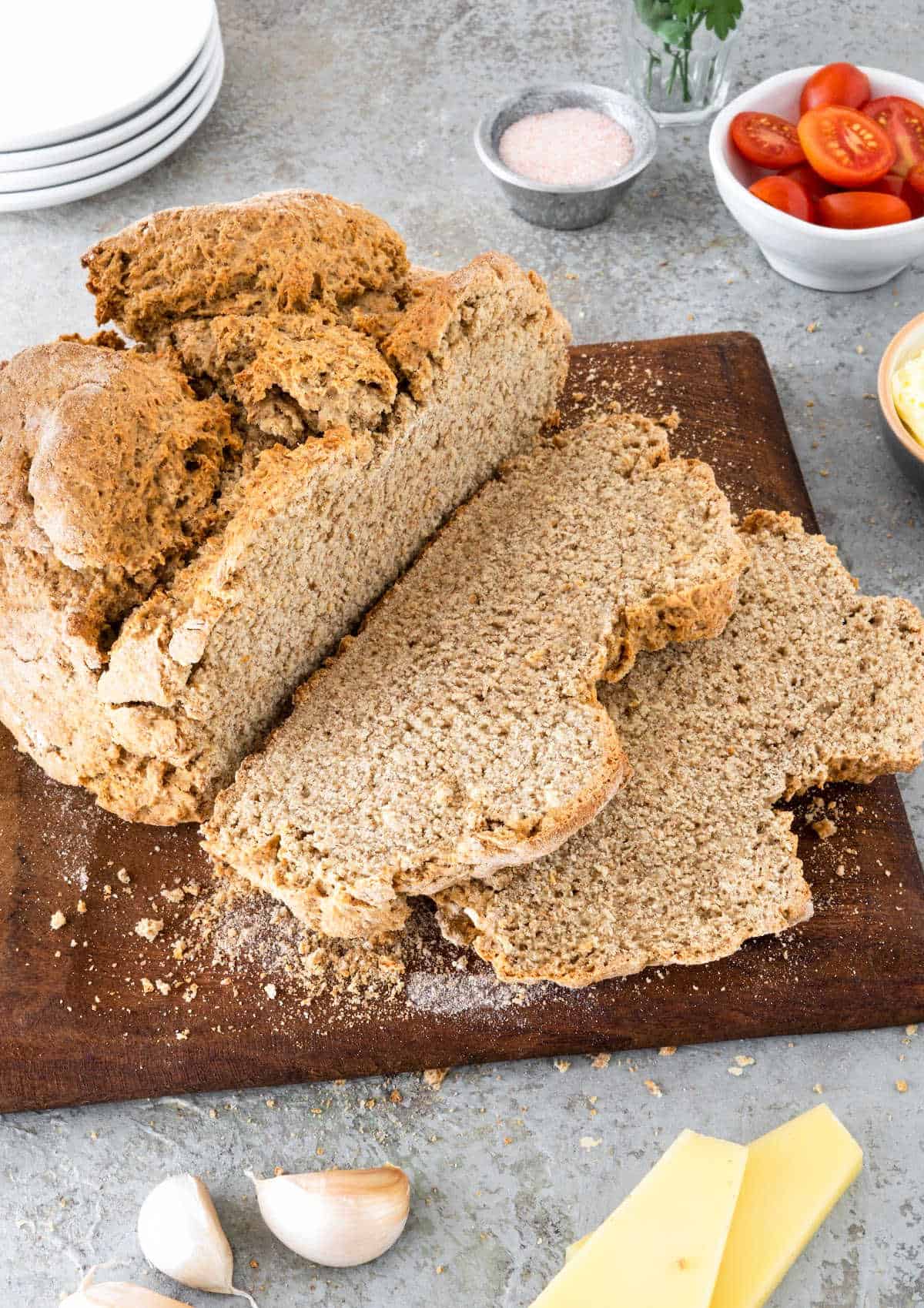
This whole wheat soda bread recipe is a cousin to our family's Irish soda bread recipe and earthier than the Irish bread with raisins.
I wanted to make an option with a larger ratio of whole wheat flour to white that still had a soft crumb, dense but not heavy.
It took me a few tries to arrive at this recipe that I think is amazing for everyday breakfast toast, to accompany soups and stews, or as a snack with a piece of cheese.
I added a little melted butter for moistness and extra richness.
It's really good despite its dense crumb and thick crust, but that's what makes soda bread. And it's a wonderful companion to my favorite shepherd's pie recipe.
Why make this recipe
- Easy to make: it's a no-knead, no-yeast bread, so you know it comes together quickly.
- Texture: it's dense and heavy, with a coarse crumb. It's crumbly texture is perfect for spreading butter or jam.
- Flavor: the whole wheat flour gives brown soda bread a nutty, slightly sweet flavor, but not as sweet as the soda bread with raisins.
- Moisture: The addition of buttermilk and melted butter helps keep it moist and tender. It can be stored for several days without becoming dry.
- Health benefits: it's a healthier alternative to white bread as it is made with whole wheat flour which contains more fiber and nutrients.
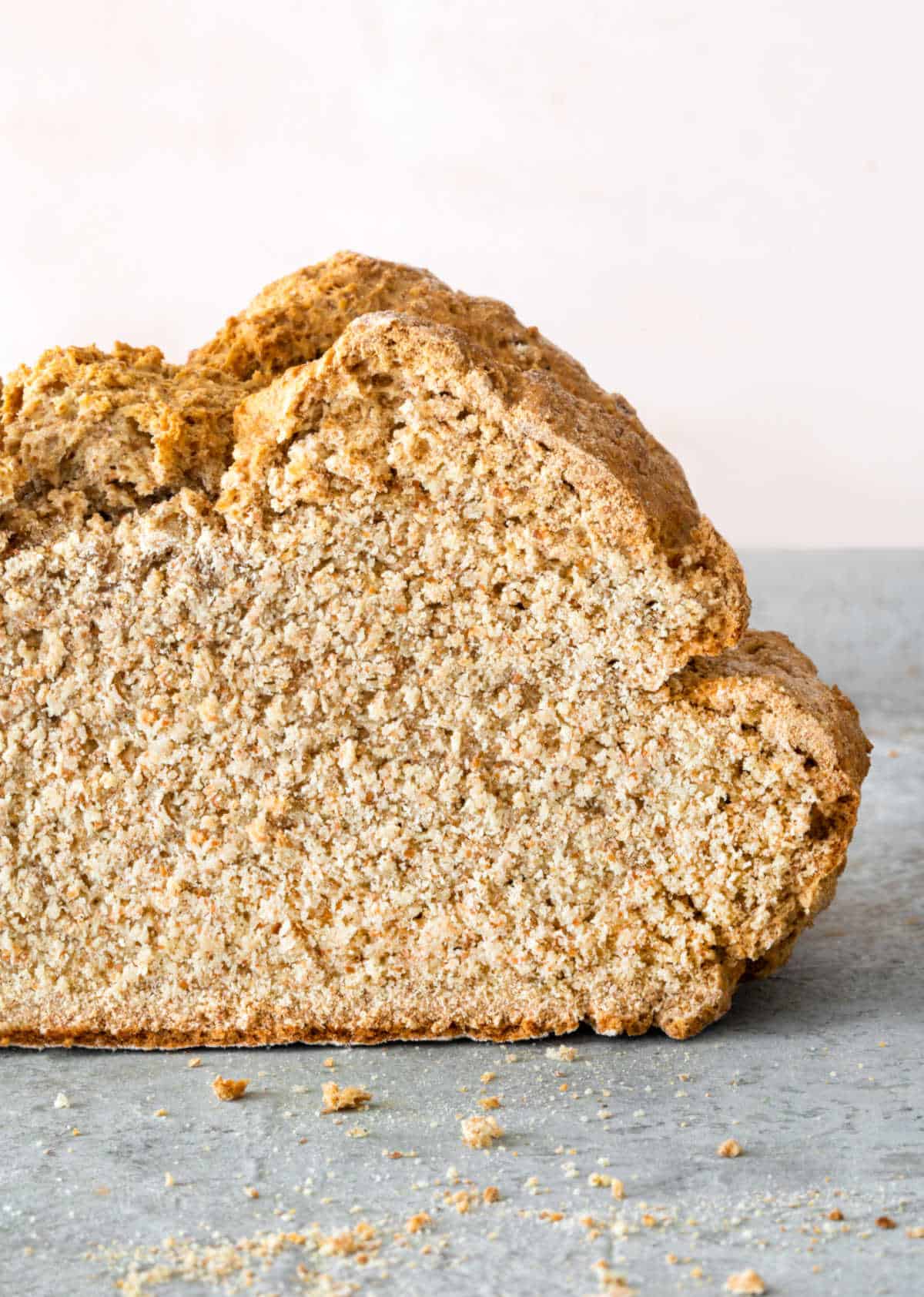
Step-by-step video
Ingredient list
Making this recipe takes six simple ingredients; they're all important.
- Baking soda: it’s called soda bread for a reason, which means this ingredient is essential to make the bread rise, so make sure it’s active and working. Arm & Hammer baking soda is a popular one. If in doubt, put a half teaspoon in a little water. It should foam or bubble immediately. If it doesn't, buy fresh, and don't use the old for baking.
- Buttermilk: is the acid ingredient that will counteract the metal flavor of the baking soda (a chemical reaction). If you use whole milk, the bread will rise, but the flavor will be more metallic. I did that years ago, and it was not good. What if you don't have buttermilk? You can buy buttermilk powder and prepare it as you need to. Or make homemade buttermilk (recipe in the Notes section of the recipe card at the end of this post).
- Whole wheat flour: make sure it's finely ground.
- Flour: all-purpose or bread flour can be used. Flour compositions vary worldwide, so sometimes I use cake flour and bread flour (about ¼ of the total) to give it a spongier texture.
- Salt.
- Unsalted butter.
Quantities are listed on the recipe card towards the end of this post. The Ingredients page has more details and lists the brands we use.
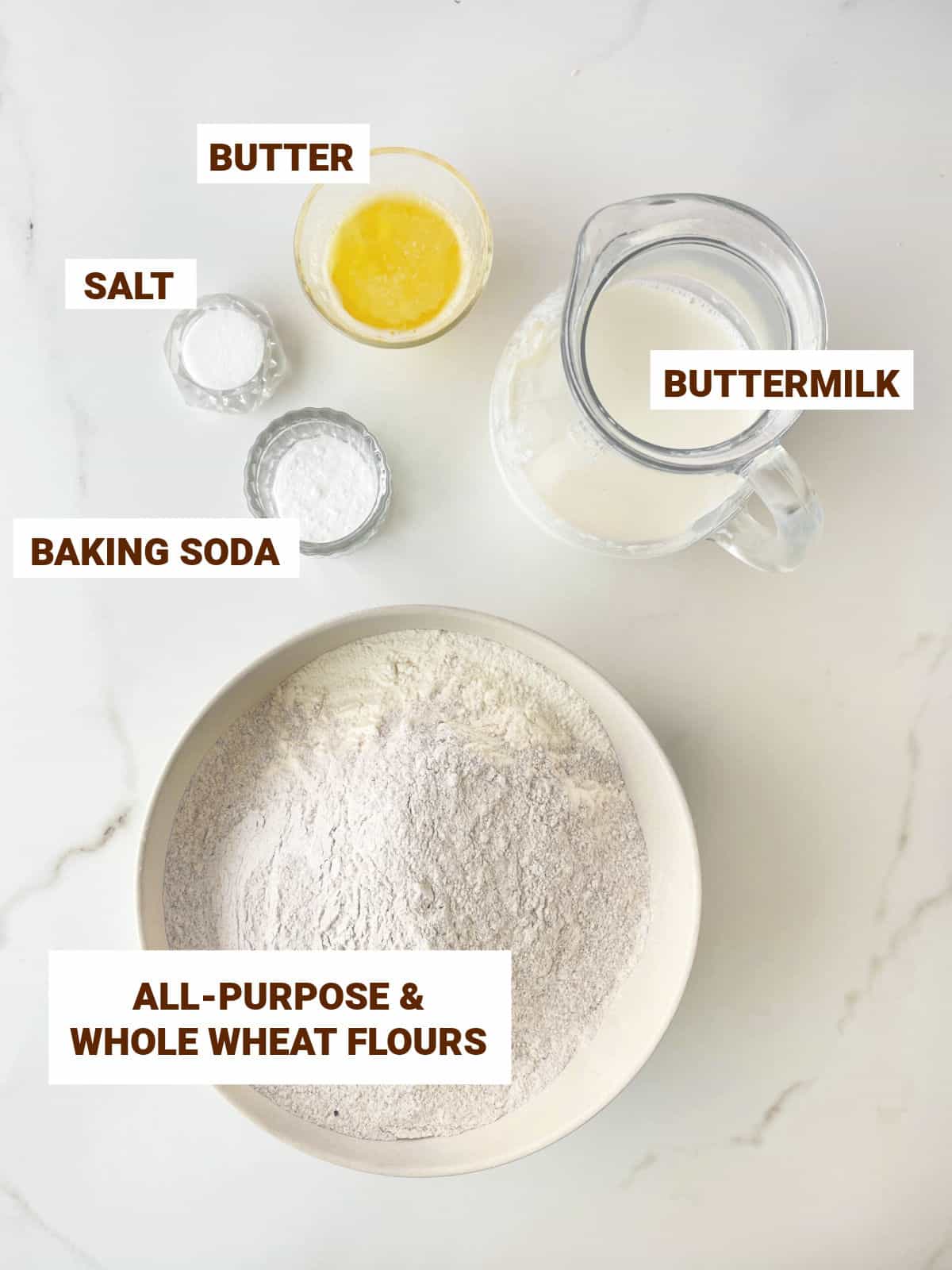
Steps to make Irish brown bread
Making this bread is very easy, and you only need a bowl and a wooden spoon.
Have all ingredients measured and ready and the oven turned on.
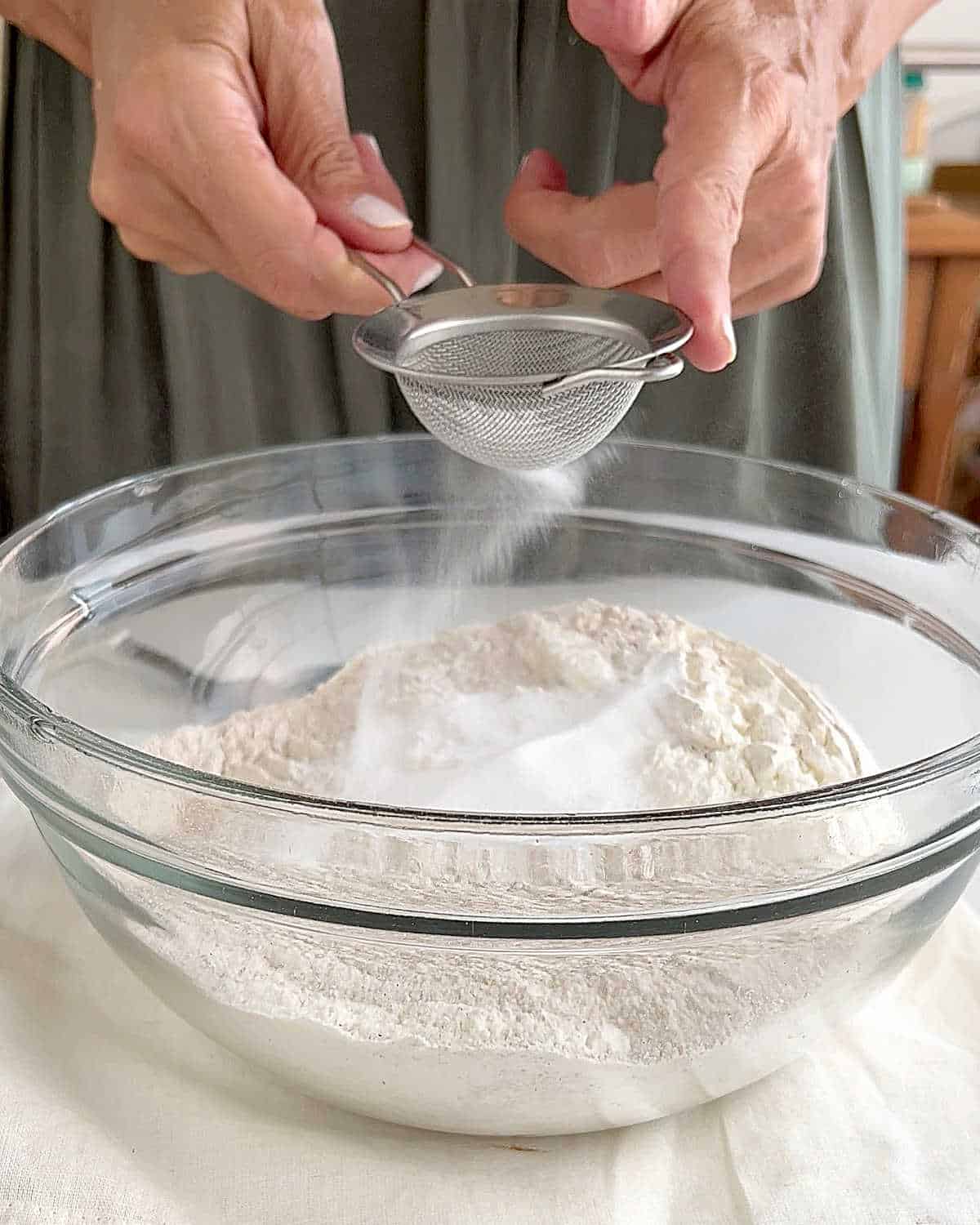
Dry ingredients: stir both flours in a large bowl. Sift salt and baking soda. It's important to sift the soda as it can be clumpy and won't dissolve during baking.
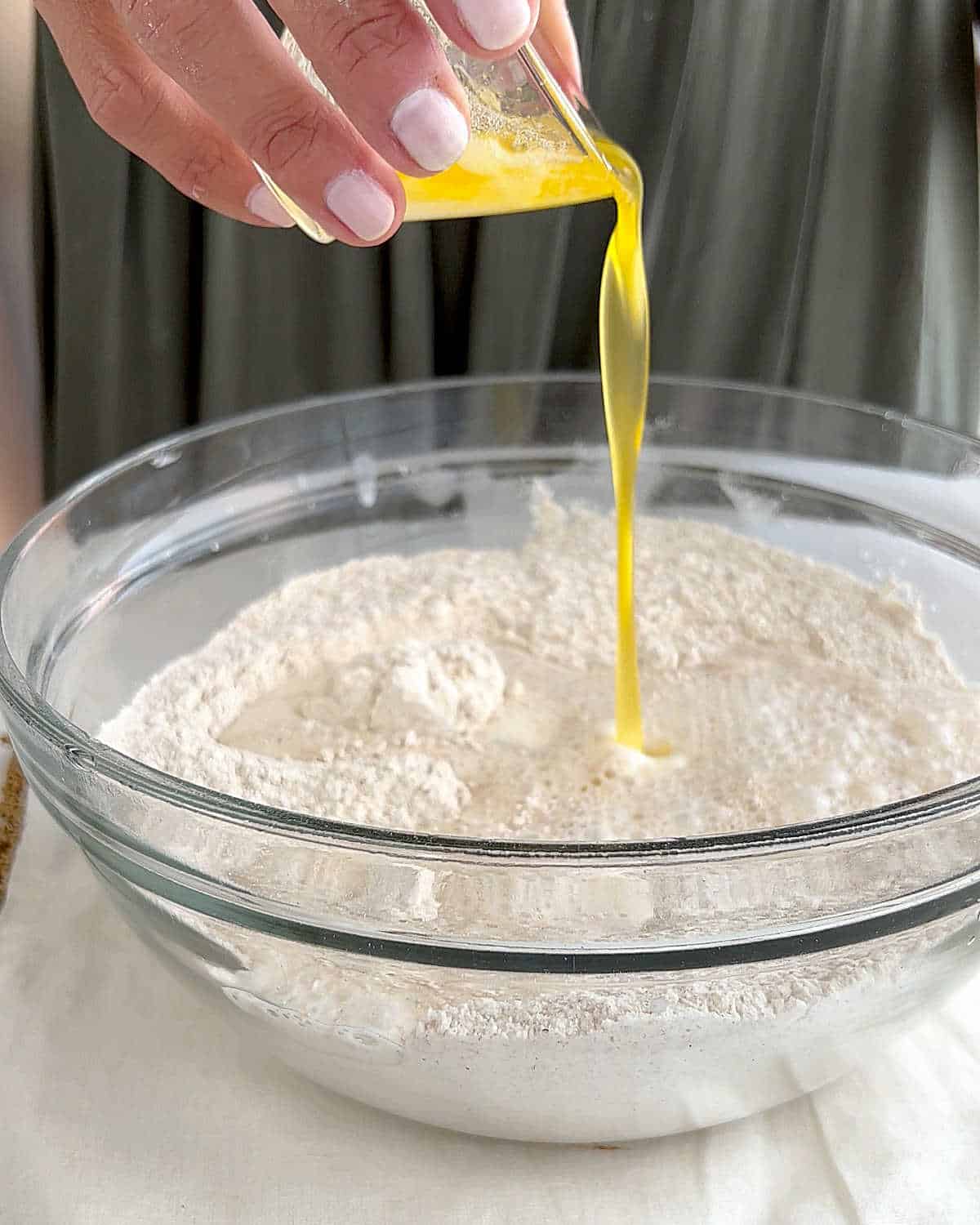
Add the buttermilk and melted butter all at once. Mix with a wooden spoon just until it's all moistened. Don't overmix or beat.
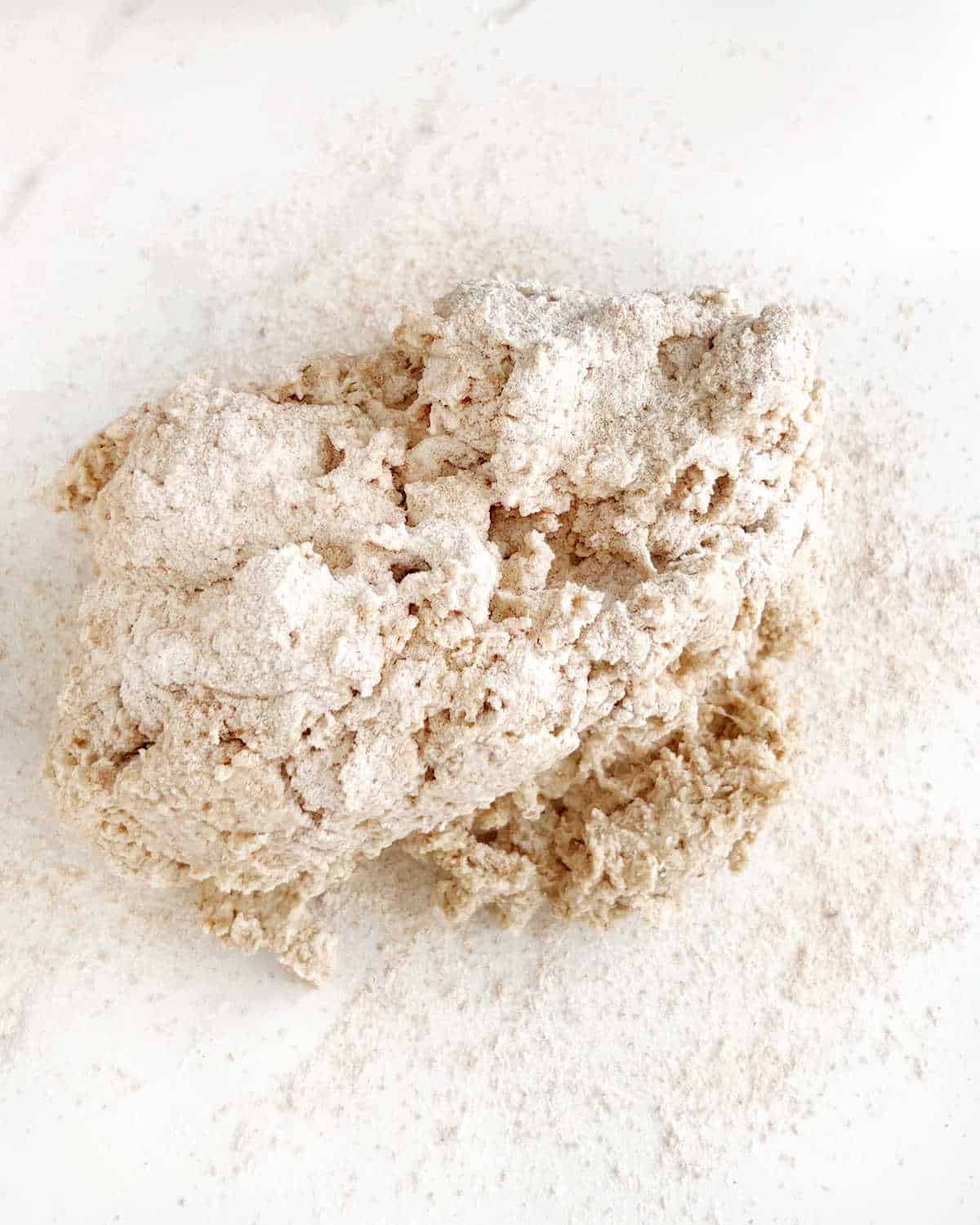
Dump the shaggy mass on a floured surface and sprinkle with extra whole wheat flour. Fold it onto itself a couple of times until you have a round loaf that holds together but is not smooth or firm. This is important. If you work the dough too much or add flour until it's firm, the bread will be hard.
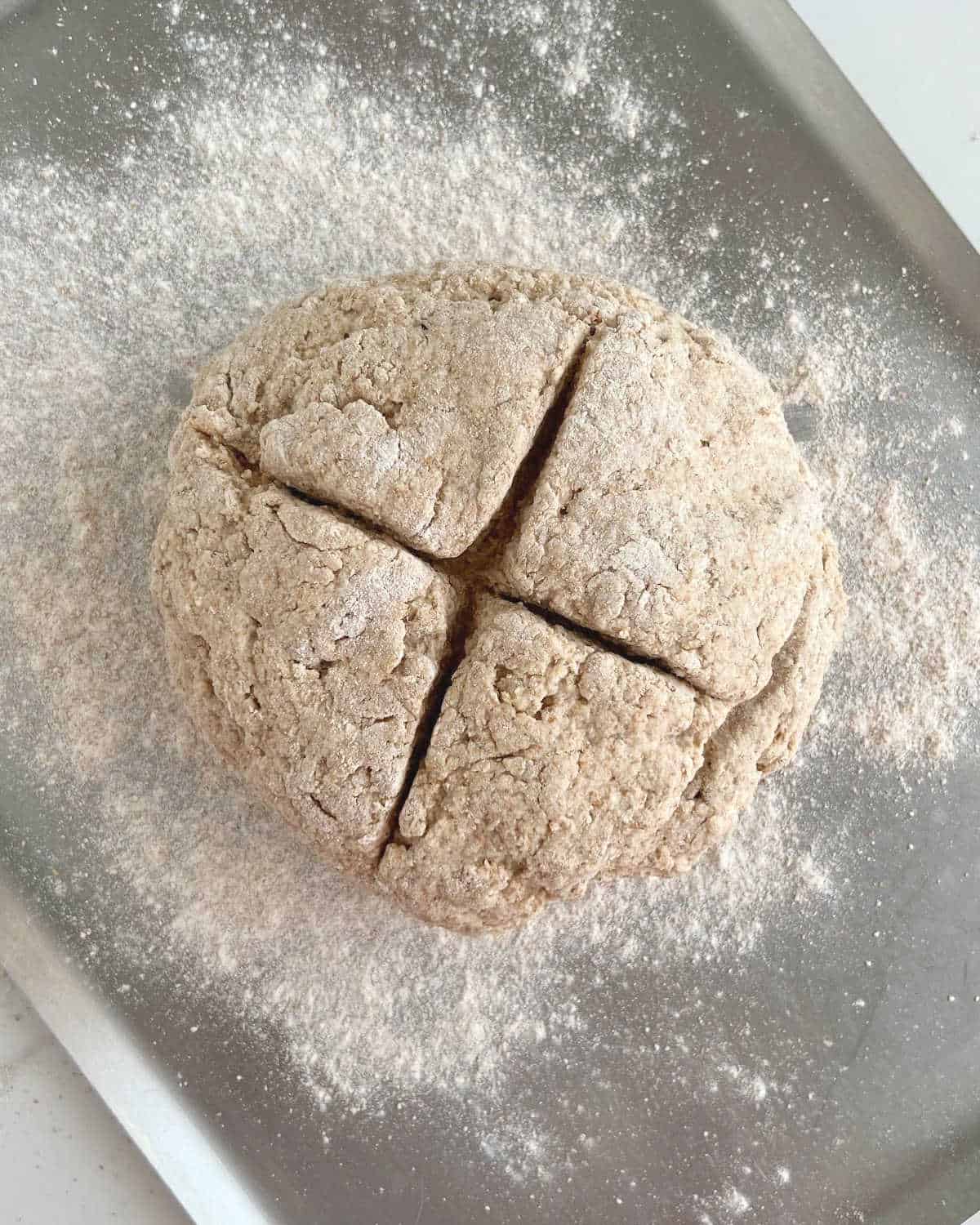
Transfer the dough to a lightly floured baking sheet. Make a cross on top with a sharp knife. Don't make it too deep, about ¾ of an inch deep is fine.
Baking soda bread
- Oven temperature: ensure the oven is preheated at the recipe's specified temperature (high temperature). This is important because it needs that first heat boost to rise well.
- Color: it will bake to a beautiful golden brown. If the top is browning too quickly, cover it with aluminum foil and keep baking until it's done.
- When is the bread done? This traditional Irish soda bread needs to be fully baked inside, of course. So don't guide yourself only by the color of the crust, but carefully lift the center with a fork and check that there are no wet parts, similar to what I recommend when making a cobbler with a biscuit topping.
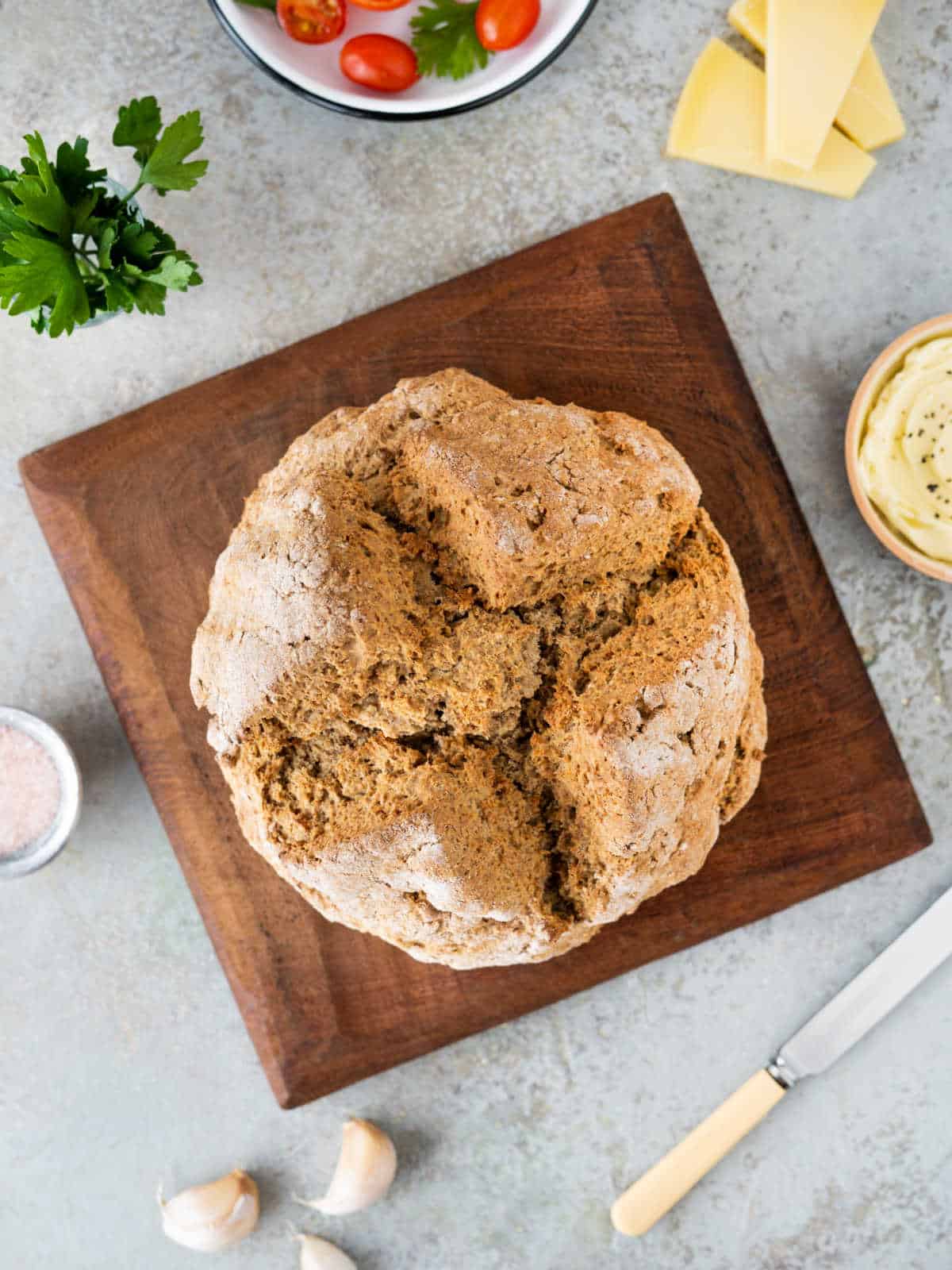
Kitchen Notes
- Organization: read the recipe first and ensure you have ingredients at the correct temperature, equipment, and enough workspace. This will make the process so much easier.
- Baking time: remember that all ovens and pans are different, even if they look similar. The baking time in my recipes is as accurate as possible, but it might take you more or less time. You can use a thermometer(like the OXO oven thermometer) to check that your oven is at the right temperature. I recommend you keep track of how your oven works and what tiny details you might need to adjust.
- Ingredients: don't substitute them; they are all necessary for the best results.
- Sift the baking soda: it tends to harden when stored, and you will probably find clumps when you measure it. Sifting before adding it to the flour will ensure it's well integrated. This is very important, so don't skip it.
- Overmixing the dough: Brown soda bread dough should only be mixed until the ingredients are just combined. Overmixing can lead to a tough, dense bread.
- Dough too dry or too wet: the texture of the dough is important for the success of your bread. If the dough is too dry, the bread may turn out crumbly and dense. If the dough is too wet, the bread may not rise properly and may have a gummy texture. You should be able to form a round loaf and make the top cut. If in doubt, always err on the side of a wetter than drier.
- Oven temperature: this bread needs to be baked at a high temperature (around 200-220°C) in the beginning to create a crusty exterior. If the oven temperature is too low, the bread may not rise properly and may be undercooked.
- Eat it the day it's baked, preferably within the first hours. I strongly recommend this. This no-yeast bread hardens quickly. If you want to freeze it, do so while still barely warm and wrap it well in plastic and then foil. I also recommend slicing it first to have individual toast whenever you want.
- Storing: keep it covered in the refrigerator for several days or frozen for a month. If freezing, I recommend slicing it first so you can take one slice at a time and not have to thaw the whole bread.
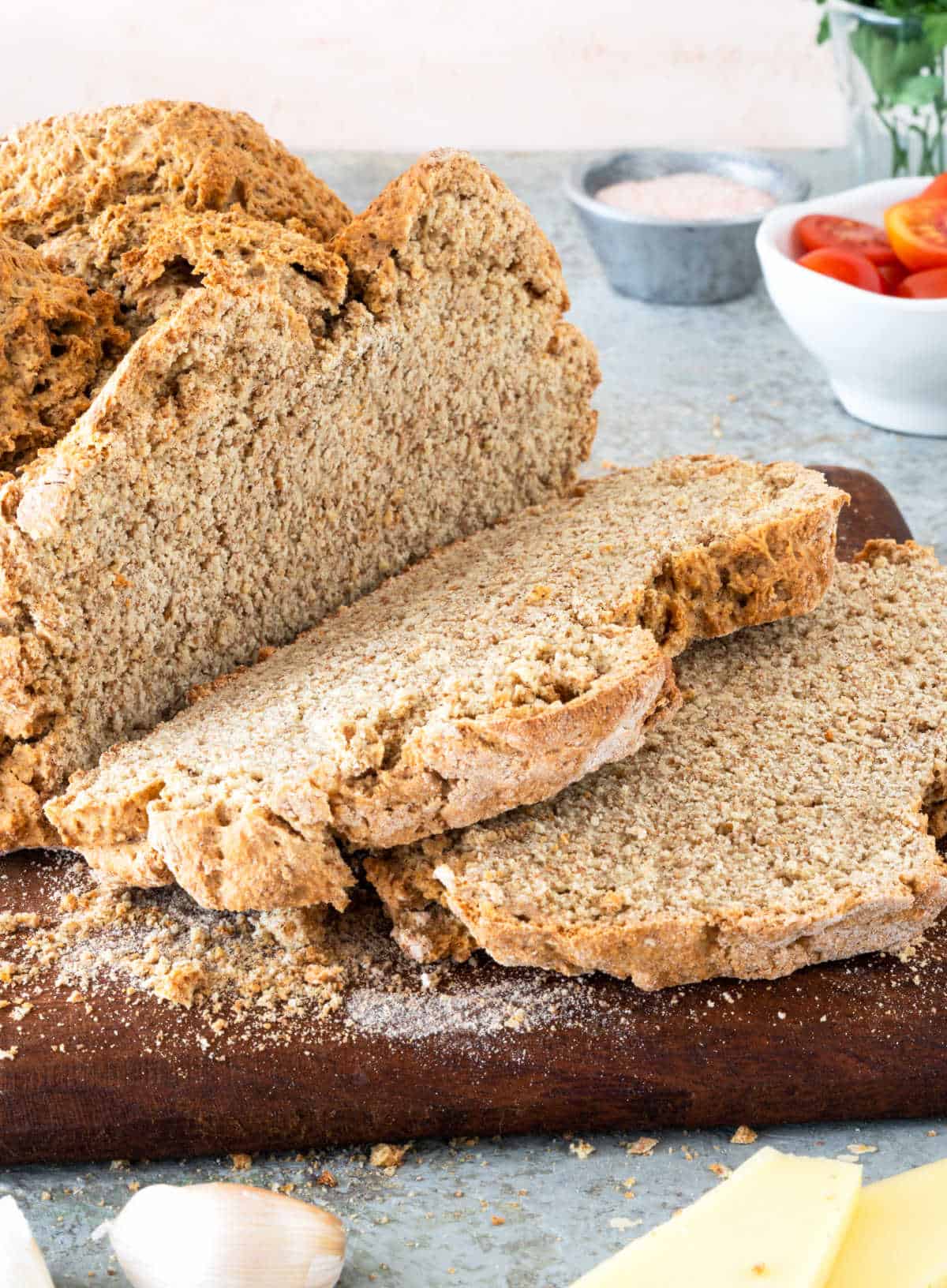
What makes Irish soda bread different?
Soda bread uses baking soda and buttermilk (acid) as leavening agents. Unlike traditional bread that relies on yeast to rise. It's a quick bread that requires no rising time before baking. The result is a rustic yet surprisingly tender crumb.
Is this bread good for you?
It is in the sense that it uses whole wheat flour (which contains minerals and nutrients) and has no sugar. It's better for you than bread made with only white flour.
What do you eat brown bread with?
This is a fantastic whole wheat bread to eat with butter at breakfast, as a snack with a slice of cheese, or with soups and stews if eaten during meals. It's a great complement to hearty dishes. And warm, freshly baked is always the best way.
How long does soda bread last?
It's best eaten the day it's baked, but can last for up to 3 days when stored properly in an airtight container at room temperature, or a week in the fridge. You can freeze it for several weeks, well wrapped and sliced.
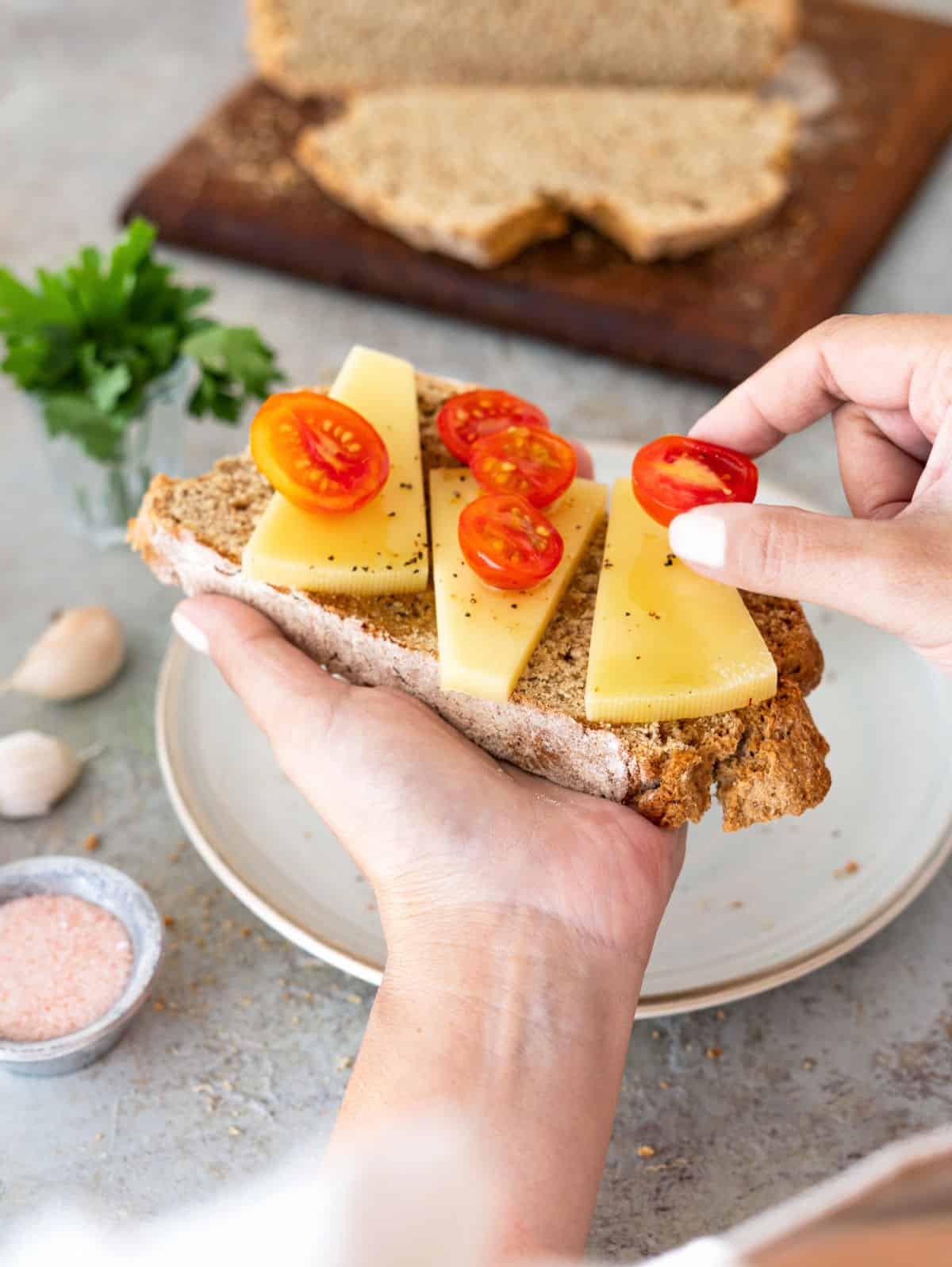
Related recipes you might like:
Let me know in the comments below if you made this recipe and loved it and if you had issues so we can troubleshoot together. I love to hear what you think, always. Thanks for being here. It's much appreciated.
You might also consider subscribing to our FREE Baking the Best email series and our regular newsletter. Or connect via Facebook, Instagram, and Pinterest.
As an Amazon Associate, I earn from qualifying purchases. Please read my disclosure policy.
Print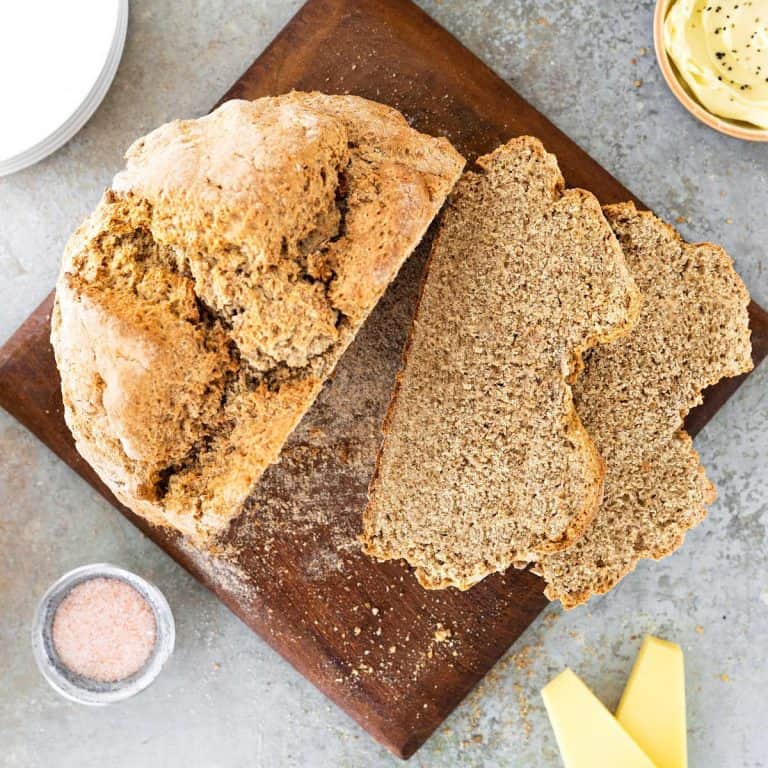
Irish Brown Bread Recipe
Brown soda bread is a traditional Irish recipe that is made with whole wheat flour, baking soda, salt, and buttermilk. We added melted butter for extra richness and moistness. It is a dense bread with a slightly nutty flavor and a crunchy crust.
- Total Time: 55 minutes
- Yield: 12 servings
Ingredients
- 1 ½ cups (200g) all-purpose flour
- 2 ½ cups fine whole wheat flour
- 1 ½ teaspoons salt
- 1 ¼ teaspoons baking soda
- 2 cups buttermilk (see Notes below for making it at home)
- 2 tablespoons unsalted butter, melted
Instructions
- Preheat the oven to 425°F/220°C.
- Have ready a baking sheet dusted with flour.
- Stir together both flours in a large bowl.
- Sift baking soda and salt over them and combine.
- Add the buttermilk and melted butter and mix with a wooden spoon until it's all moistened. This is quick, several strokes and that's it. We don't want to overwork the dough.
- Dump this shaggy mass onto a lightly floured counter or surface.
- Sprinkle the top lightly with whole wheat flour and bring it all together, folding it quickly onto itself, and forming it into a loose ball. It might be more or less firm depending on your whole wheat flour, but you don't need to knead it. If you add too much flour it will be tougher after it's baked, especially the crust. So don't be tempted to make it into a smooth ball, it's meant to be rustic.
- Place it in the prepared pan (I find it easier with the help of a spatula or dough scraper).
- Slash the top with a kitchen knife, making a cross pattern, cutting it about ½ to ¾ inch deep (no more), and immediately put the pan in the oven. Baking soda starts acting when you add liquid, so you want to start baking the bread as soon as possible.
- Bake for 10 minutes and turn the oven temperature down to 375°F/190°C.
- Continue baking for about 35 more minutes, until it's golden and firm to the touch. A cake tester or toothpick should come out clean. You can open it slightly, carefully lifting the top with a fork, and make sure it's completely baked inside because it turns golden after 20-30 minutes but, usually, the crumb inside is still raw, so make sure. You can cover the top with a piece of aluminum paper if it's browning too quickly but you need to bake it longer. Also, turn the bread over and tap with your knuckles, it should make a hollow sound when fully baked.
- Let cool on a wire rack for 15 minutes before slicing.
- Eat warm or at room temperature. It's best eaten the same day it's baked.
Notes
Homemade buttermilk: put 2 tablespoons of white vinegar or lemon juice in a measuring cup and add milk until you reach the 2-cup mark. Let it stand a minute or two until it curdles and thickens, then use it in the recipe.
Baking time: remember that all ovens and pans are different, even if they look similar. The baking time in my recipes is as accurate as it can be, but it might take you more or less time. You can use a thermometer(like the OXO oven thermometer) to check that your oven is at the right temperature. I recommend you keep track of how your oven works and what tiny details you might need to adjust.
Ingredients: don't substitute them; they are all necessary for the best results.
Sift the baking soda: it tends to harden when stored, and you will probably find clumps when you measure it. Sifting before adding it to the flour will ensure it's well integrated. This is very important, so don't skip it.
Overmixing the dough: Brown soda bread dough should only be mixed until the ingredients are just combined. Overmixing can lead to a tough, dense bread.
Dough too dry or too wet: the texture of the dough is important for the success of your bread. If the dough is too dry, the bread may turn out crumbly and dense. If the dough is too wet, the bread may not rise properly and may have a gummy texture. You should be able to form a round loaf and make the top cut. If in doubt, always err on the side of a wetter than drier.
Oven temperature: this bread needs to be baked at a high temperature (around 200-220°C) in the beginning to create a crusty exterior. If the oven temperature is too low, the bread may not rise properly and may be undercooked.
Eat it the day it's baked, preferably within the first hours. I strongly recommend this. This no-yeast bread hardens quickly. If you want to freeze it, do so while still barely warm and wrap it well in plastic and then foil. I also recommend slicing it first to have individual toast whenever you want.
- Prep Time: 10 minutes
- Cook Time: 45 minutes
- Category: Bread
- Method: Baking
Nutrition
- Serving Size: 1/12
- Calories: 177
- Sugar: 2.1 g
- Sodium: 465.5 mg
- Fat: 1.8 g
- Carbohydrates: 33.8 g
- Fiber: 1.1 g
- Protein: 5.6 g
- Cholesterol: 4.5 mg


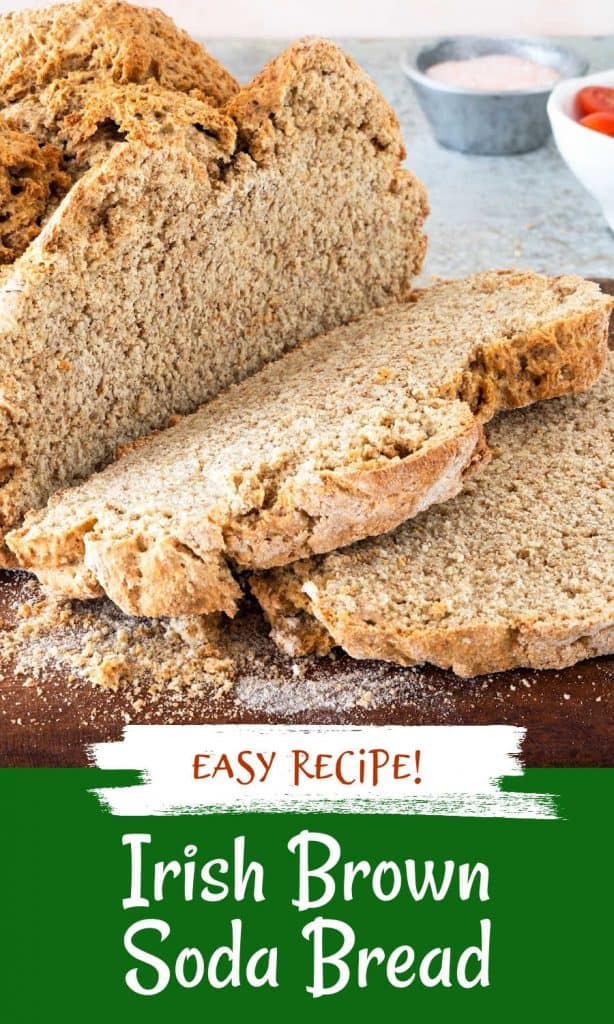
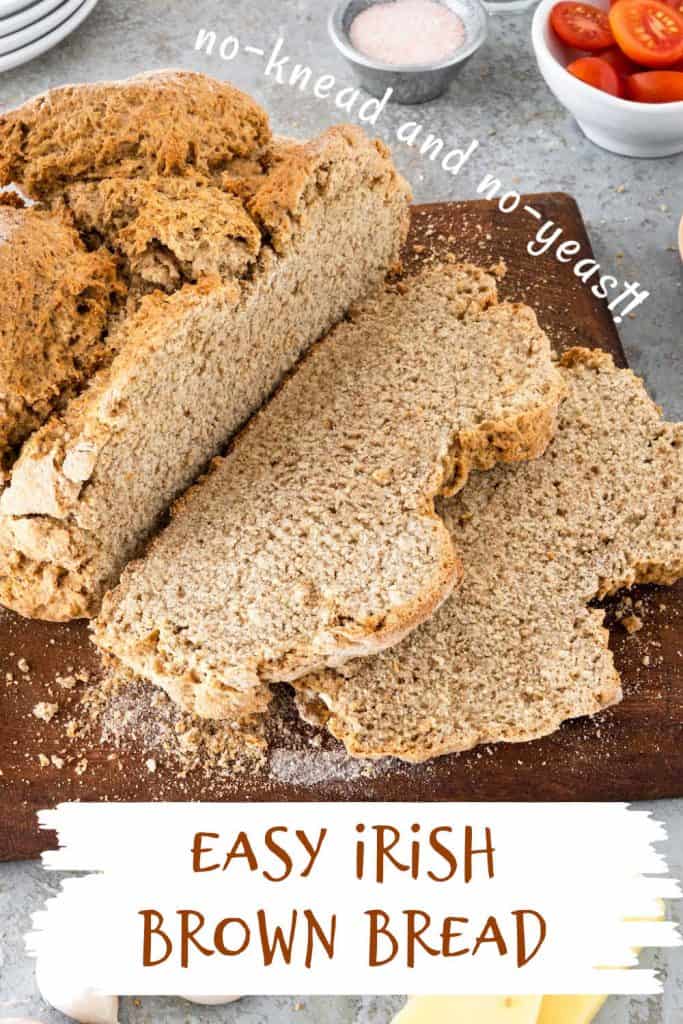
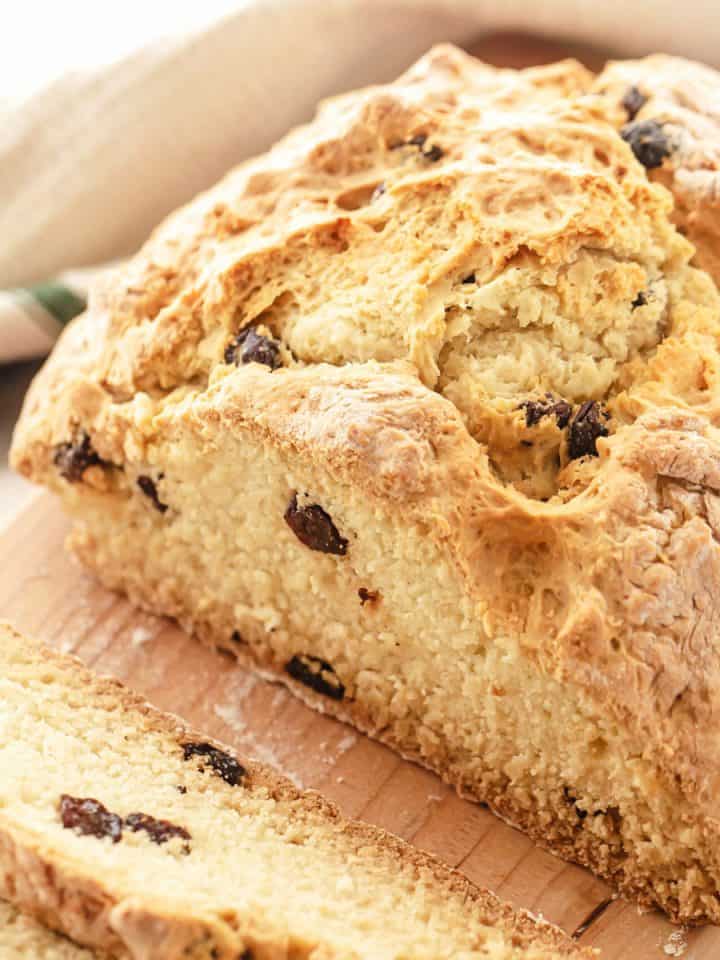
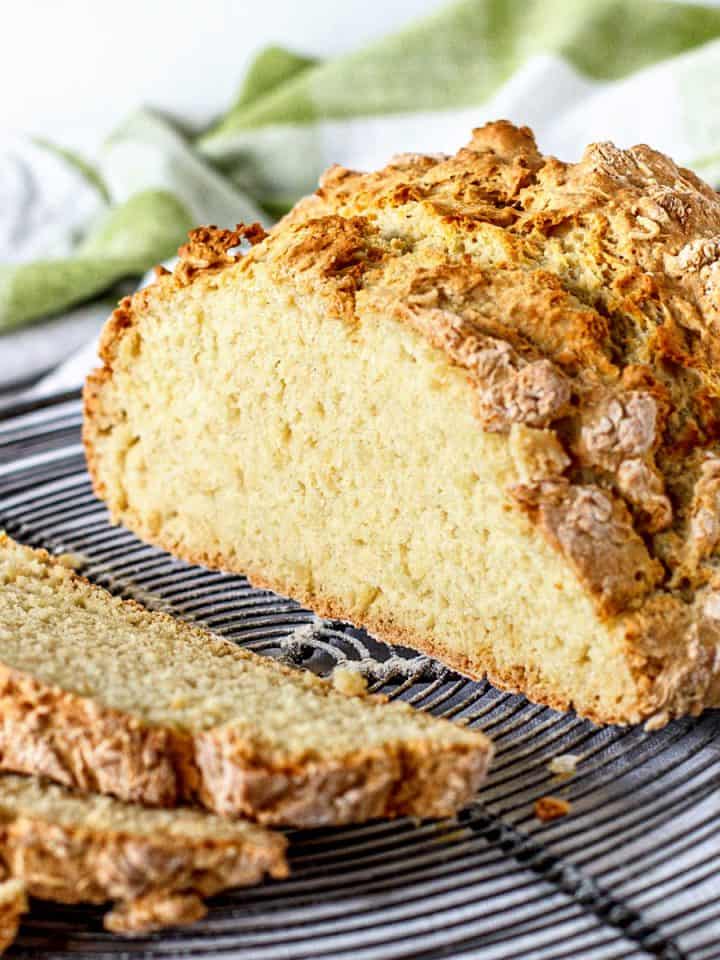
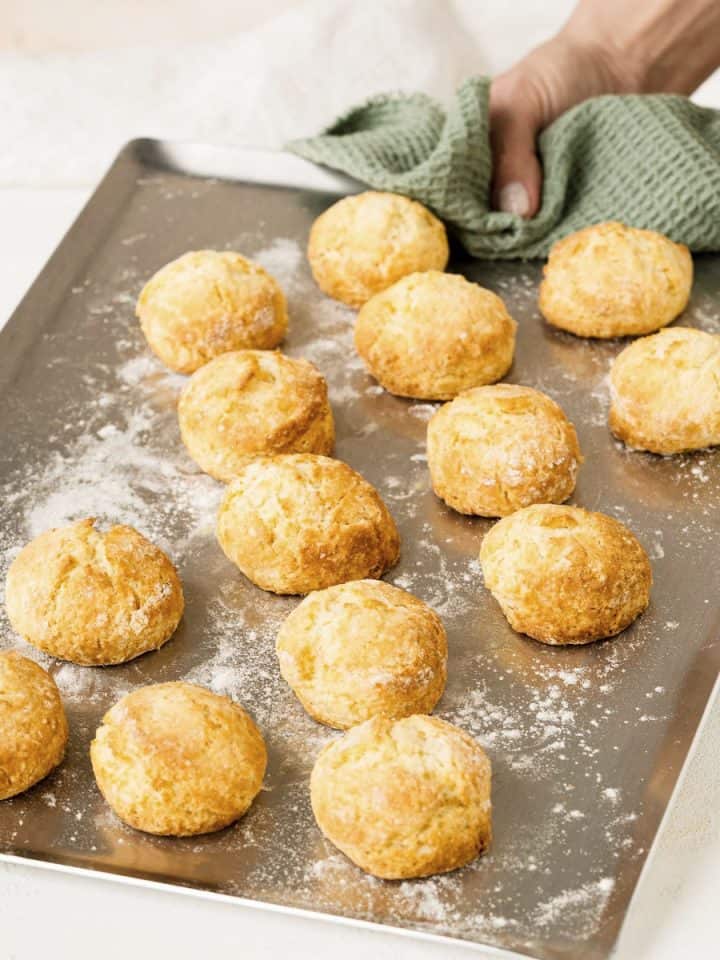
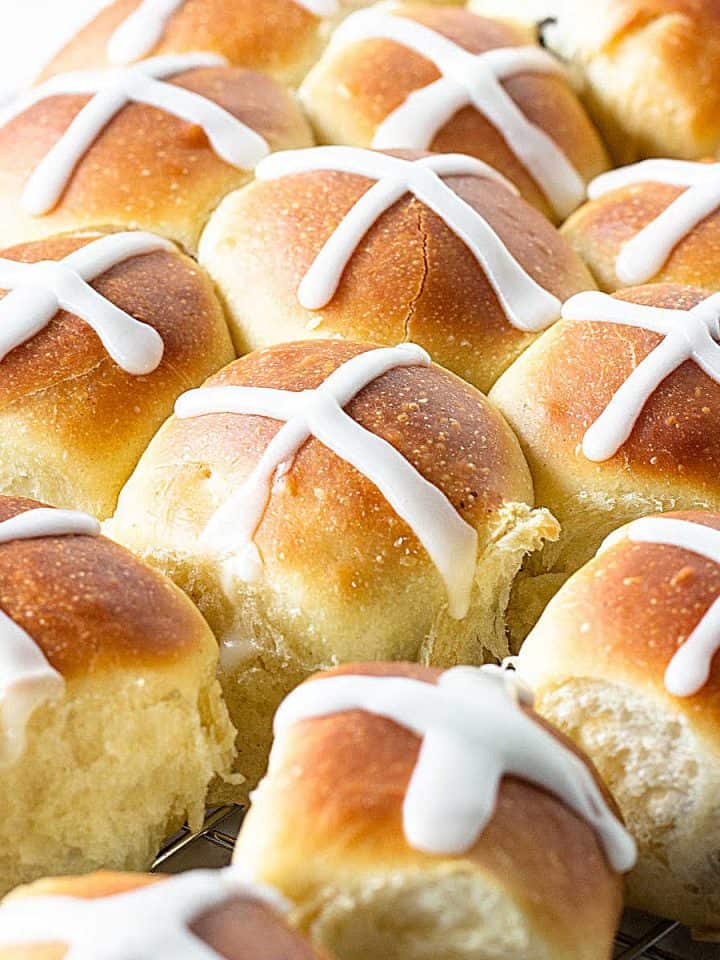
Thank you for leaving a review for this recipe